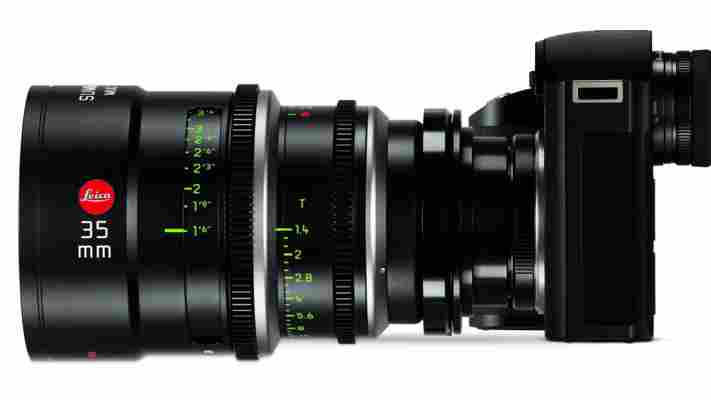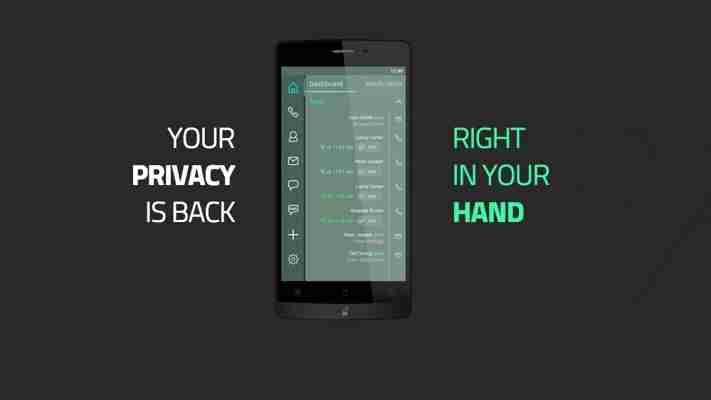Jewelbots hopes to bring the old-school friendship bracelet into the iPhone age and teach girls to code with its smart jewelry.

The team behind the Kickstarter project — which has already raised double the $30,000 goal — has built an open-source wearable for teen and tween girls to encourage them to learn coding through basic logic.
The bracelets have four LEDs, a vibration motor and Bluetooth connectivity. They connect with each other to form a mesh network , which means a phone isn’t required to communicate with friends.
Out of the box, a Jewelbot can detect nearby friends and send secret messages, but with simple logic and a few taps it can be extended to do a lot more.
Extending the bracelet is straightforward, using a smartphone and a “if this then that” style workflow. It can be programmed, for example, to light up when a specific friend is nearby.
The bracelet can also be plugged into a computer via USB and developed on directly to create further extensions, using the Arduino integrated development environment (IDE).
The developers designed the project by working with groups of teen girls, who gave feedback on aesthetics and functionality.
The team has created two phases of prototypes already and plans a final round before testing and manufacturing begins later this year.
Jewelbots is the brainchild of CEO, Sara Chipps, and COO, Brooke Moreland, who set out to “inspire a deep curiosity and lasting love for computers and programming” using the devices.
The pair say they hope to get girls to “[open] their minds to science, technology, engineering and mathematics [STEM] at an age when many lose interest.
I love the idea of Jewelbots. It’s a tangible way to pique girls’ interest in coding and offers a path to getting them hooked. I know from first-hand experience that there’s nothing quite like coding something that can be touched and used in the real world.
The company also hosted ‘ Bring Your Daughter To Hack ‘ Events in New York and San Francisco las month, where kids were able to build their own wearables.
A single Jewelbot starts at $59 with a pack of two costing $89. They won’t ship until March 2016 and reward tiers are limited, so you’ll have to get in fast if you’re interested.
➤ Jewelbots [Kickstarter]
Read Next: Google unveils Project Soli, a radar-based wearable to control anything
Leica finally enters the 4K video game
It’s taken Leica a while, but it’s finally made a digital camera with some serious video chops. The Leica SL (Typ 601) is a mirrorless camera system with the same full-frame 24 megapixel sensor found on the Leica Q .

But while the Q saw video as more of an afterthought, the SL offers up studio-grade 4K recording at 30 frames per second – or unprocessed Cine4K at 24 fps.
The camera can capture up to 120fps in standard HD, well beyond the frame rate capabilities of most monitors today . Leica has also released a whole new set of lenses to accommodate the hardware inside.
The beastly APO-Vario-Elmarit-SL 90–280 mm f/2.8–4 is what most film-makers will be looking at, thanks to its wide aperture range and focal length.
There’s also a 24-90mm lens with the same focal range as the 90-280mm and, rounding off the line-up, a fixed length Summilux 50mm with a massive 1.4mm aperture.
Leica boosts these lenses with ISO settings that can go up to a maximum of 50,000. For straight-up photo capture, expect Leica’s already excellent image quality, which can be viewed on a 2.95-inch back panel display.
Meanwhile, the electronic viewfinder has a whopping 4.4 million pixel density, putting it into medium-format levels of detail.
Pricing for the camera is an eye-watering $7,800 (£5,050) without any lenses. If you want the complete package, add another $4,800 (£3,150).
That puts the Leica SL’s price similar to a Blackmagic or even a Red, despite the fact that it lacks the versatility of either.
Leica has always moved more slowly than its competition. While other companies have fallen over themselves to cram 4K recording into handheld packages, Leica’s entry into space, along with the suite of lenses and upgraded hardware, suggests they’ve finally accepted that simply taking beautiful photos is no longer enough.
➤ Leica
Security-focused GranitePhone is now available to buy for $850
French manufacturing company Archos teamed up with IT security specialists Sikur to create the secure GranitePhone , which is now available to buy on its dedicated website for a whopping $850.

Designed for people who are more interested in their security than entertainment, it’s both companies’ first leap into the niche secure phone market, with the likes of Blackphone and the Turing Phone .
The GranitePhone has a 5-inch Full HD display, Snapdragon 615 chipset paired with 2GB of RAM, 16GB of built-in storage and a battery capacity of 2,700mAh. The rear camera is 16MP and the front snapper is 8MP.
While the above specs are decidedly mid-ranged, its operating system is where the phone’s unique selling point lies, according to Archos and Sikur. It runs on Sikur’s own Granite OS, a version of Android that is entirely encrypted, which is what GranitePhone is all about.
Promising multiple layers of protection, the OS encrypts everything from calls and messages to anything stored on the cloud, which can be accessed using Sikur’s apps. There’s no mention of what version of Android was used to create Granite OS.
➤ GranitePhone [Archos]
